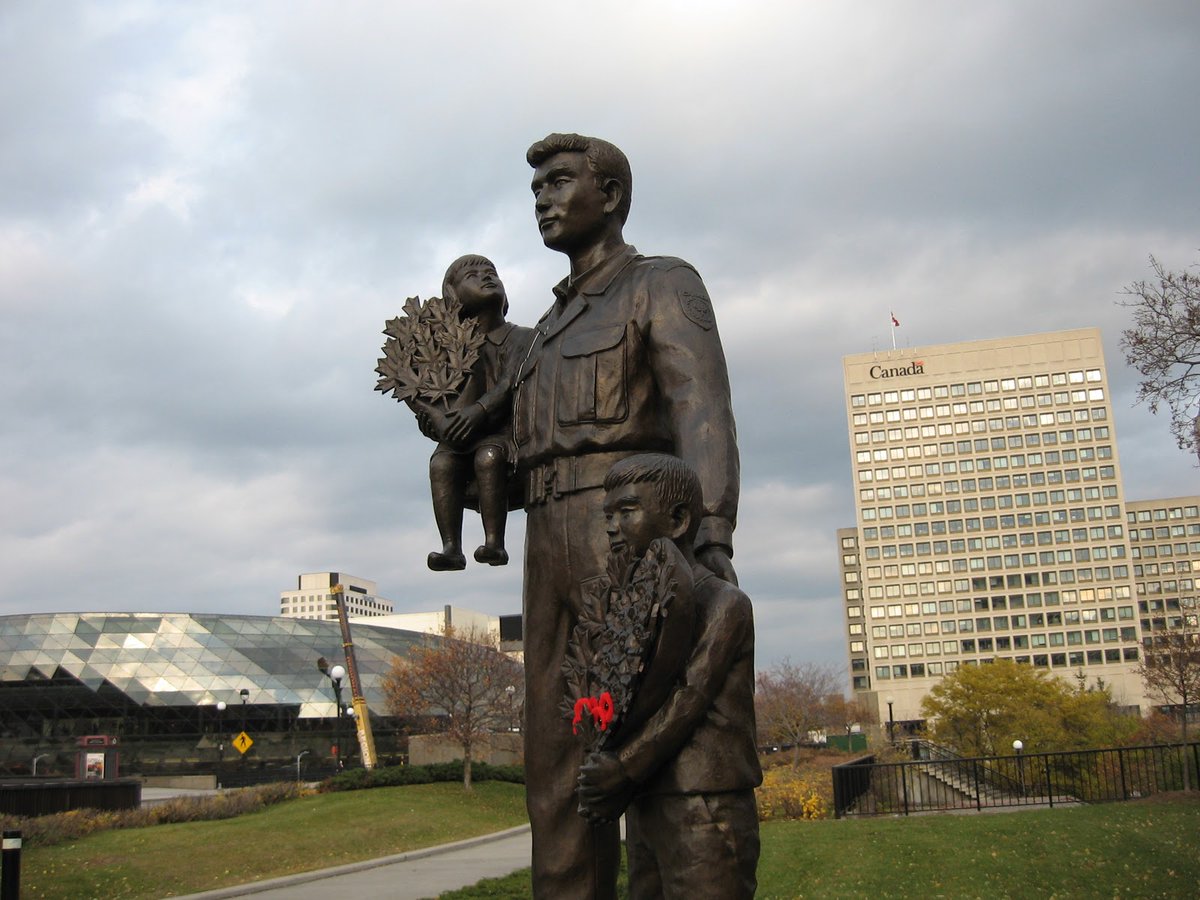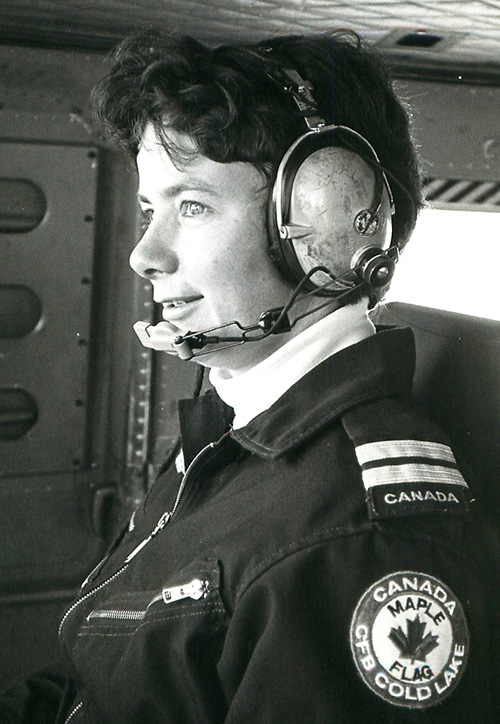
Korea. April, 1951.
5,000 Chinese soldiers storm south into the Kapyong Valley.
South Korean troops are retreating. After fighting fiercely through the night, the 3rd Royal Australian Regiment withdraws.
Who’s left to hold the line?
700 Patricias.
5,000 Chinese soldiers storm south into the Kapyong Valley.
South Korean troops are retreating. After fighting fiercely through the night, the 3rd Royal Australian Regiment withdraws.
Who’s left to hold the line?
700 Patricias.

5,000 Chinese.
700 Canadians.
2nd Battalion of Princess Patricia’s Canadian Light Infantry is low on food and ammunition.
By nightfall, the Chinese come in waves.
700 Canadians.
2nd Battalion of Princess Patricia’s Canadian Light Infantry is low on food and ammunition.
By nightfall, the Chinese come in waves.
They knew they were trapped.
They knew they stood between the Chinese and Seoul.
"If we got to go, we got to fight our way out. Nobody is going to be taken prisoner."
They knew they stood between the Chinese and Seoul.
"If we got to go, we got to fight our way out. Nobody is going to be taken prisoner."
More than 100 Chinese soldiers attack his position.
He repels them with his Bren gun, but is wounded in the chest.
When they come again, he’s still there waiting for them.
Firing from the hip, Private Wayne Mitchell pushes them back four times.
He repels them with his Bren gun, but is wounded in the chest.
When they come again, he’s still there waiting for them.
Firing from the hip, Private Wayne Mitchell pushes them back four times.
Private Curtis Hayes is there. He had just read a letter from his wife who gave birth to their twin daughters.
He’s wounded. Wayne Mitchell holds him in one arm while still firing his gun.
Another bullet hits Curtis Hayes. He was 21.
He never met his daughters.
He’s wounded. Wayne Mitchell holds him in one arm while still firing his gun.
Another bullet hits Curtis Hayes. He was 21.
He never met his daughters.
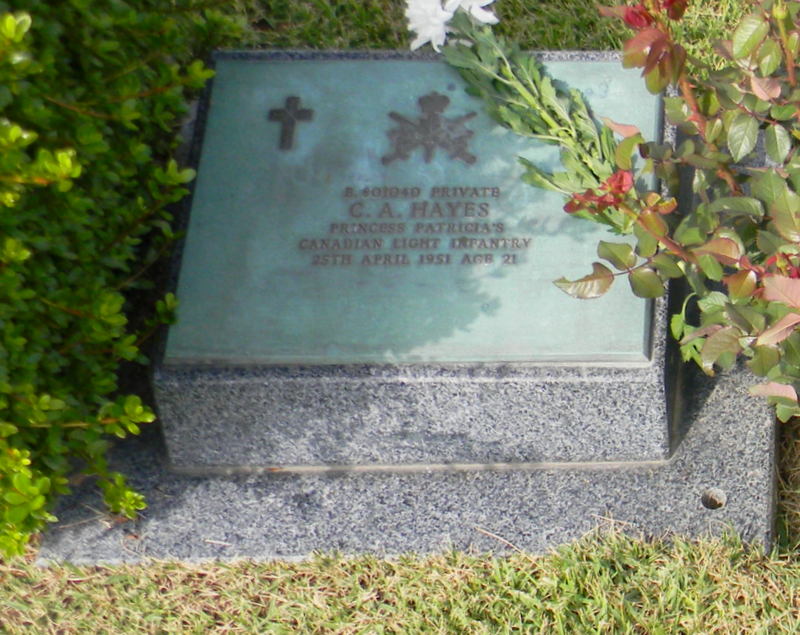
At daylight, Private Mitchell could hardly stand for loss of blood.
He wouldn’t leave his position.
He wouldn’t leave his brothers.
They gave him the Distinguished Conduct Medal.
He wouldn’t leave his position.
He wouldn’t leave his brothers.
They gave him the Distinguished Conduct Medal.
He survived the residential school.
He danced into the nightmares of Nazis behind enemy lines during WWII. He signed up again to fight in Korea.
He fought for a Canada that saw him as less than equal.
We see you in Kapyong, Sergeant Tommy Prince.
He danced into the nightmares of Nazis behind enemy lines during WWII. He signed up again to fight in Korea.
He fought for a Canada that saw him as less than equal.
We see you in Kapyong, Sergeant Tommy Prince.

With the Chinese on the verge of taking his position, Lieutenant Mike Levy calls for artillery fire on his own position.
On himself and his men.
They hunker down and the Royal New Zealand Artillery fires 2,300 shells in an hour, saving Levy’s men and pushing back the Chinese.
On himself and his men.
They hunker down and the Royal New Zealand Artillery fires 2,300 shells in an hour, saving Levy’s men and pushing back the Chinese.
Several of his fellow soldiers were recognized for their bravery. He was Jewish.
He called for artillery fire on his own position to hold off the Chinese. It took more than 50 years for Canada to recognize his bravery in Kapyong.
We see you, Lieutenant Mike Levy.
He called for artillery fire on his own position to hold off the Chinese. It took more than 50 years for Canada to recognize his bravery in Kapyong.
We see you, Lieutenant Mike Levy.
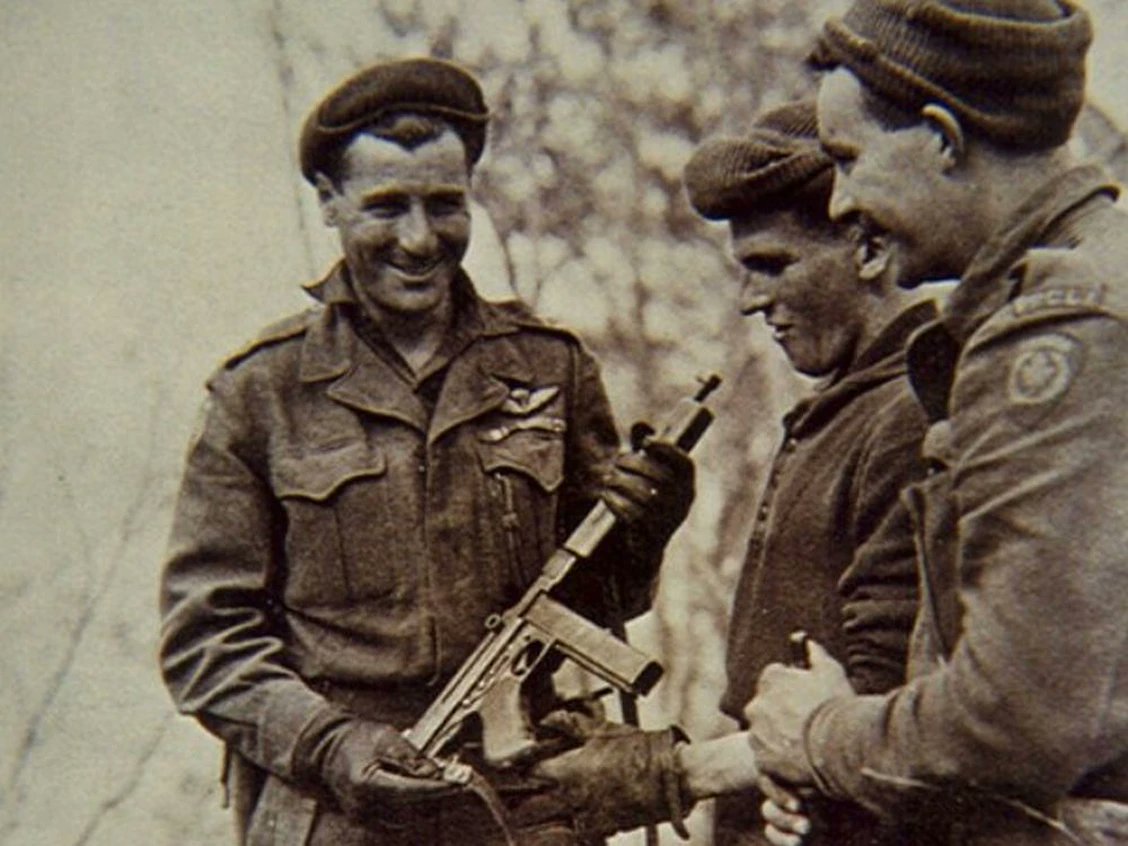
Low on food.
Low on ammunition.
Low on medical supplies.
Outnumbered. Surrounded.
700 Patricias held the line.
Low on ammunition.
Low on medical supplies.
Outnumbered. Surrounded.
700 Patricias held the line.
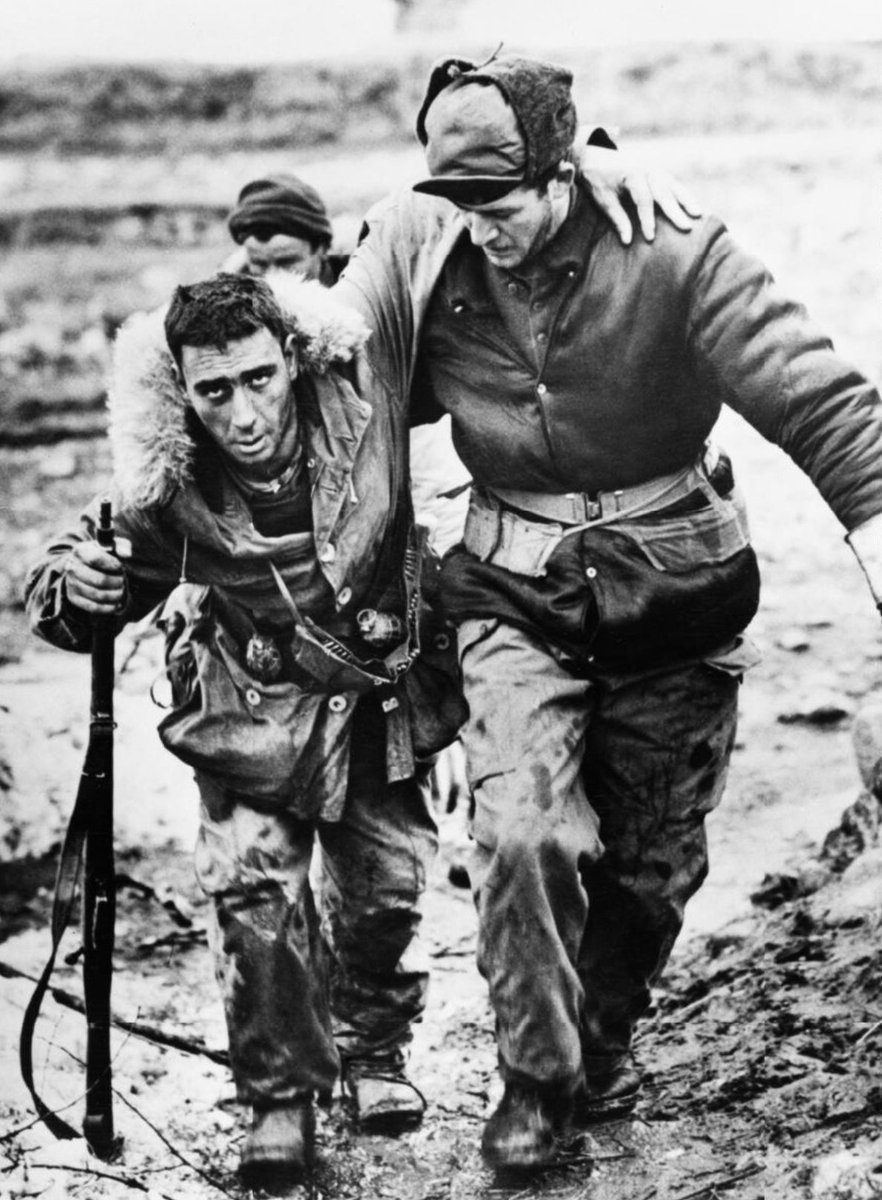
“I keep fighting the war. I keep thinking about my dead comrades and those of us who are left. It’s something that I just can’t get rid of.”
Look in his eyes. See the toll.
Hub Gray died in 2018.
But he’s still with us.
Look in his eyes. See the toll.
Hub Gray died in 2018.
But he’s still with us.
Ten Canadians and 32 Australians were killed in Kapyong.
They gave their lives for the freedom of strangers.
Please remember them.
They gave their lives for the freedom of strangers.
Please remember them.

Private Maurice Carr, 29
Corporal Gerald Evans, 23
Private Leslie Fielding, 23
Private Curtis Hayes, 21
Private Joseph Lessard, 23
Private Bruce MacDonald, 19
Private Walter Marshall, 22
Private Robert Tolver, 26
Private Robert Walker, 23
Private Thomas Wotton, 21
Corporal Gerald Evans, 23
Private Leslie Fielding, 23
Private Curtis Hayes, 21
Private Joseph Lessard, 23
Private Bruce MacDonald, 19
Private Walter Marshall, 22
Private Robert Tolver, 26
Private Robert Walker, 23
Private Thomas Wotton, 21
For Hill 677. For Kapyong.
For those who fought on land, at sea, in the air.
For those who never returned.
A girl, a boy, and a soldier in Korea.
For those who fought on land, at sea, in the air.
For those who never returned.
A girl, a boy, and a soldier in Korea.
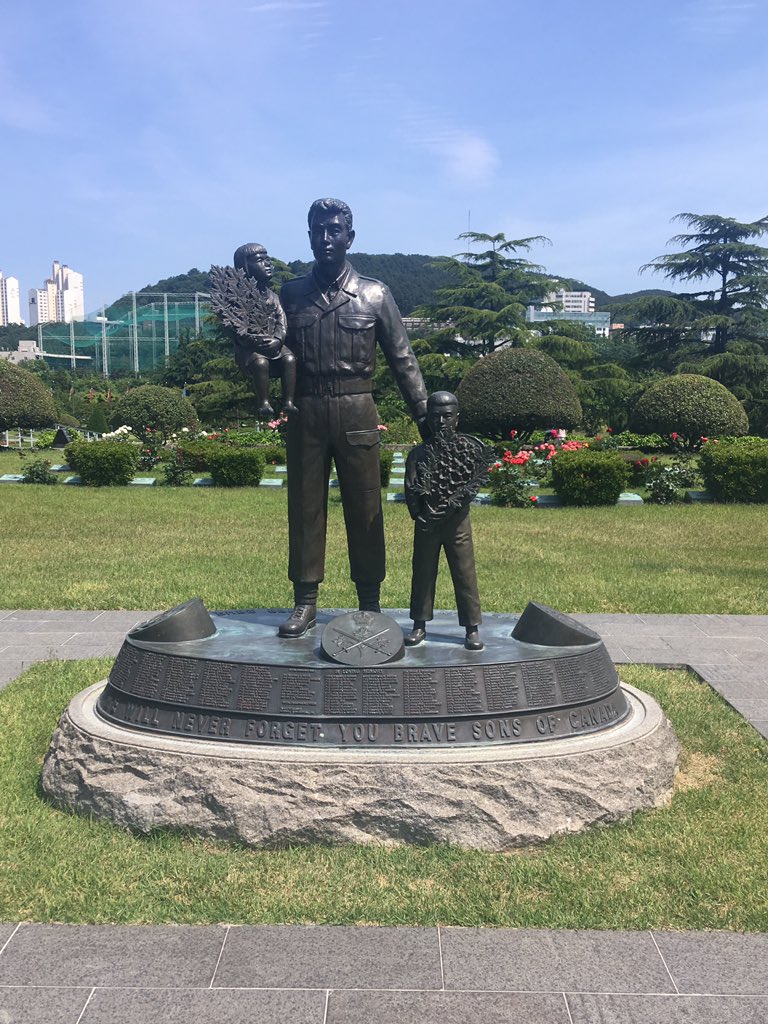
• • •
Missing some Tweet in this thread? You can try to
force a refresh
